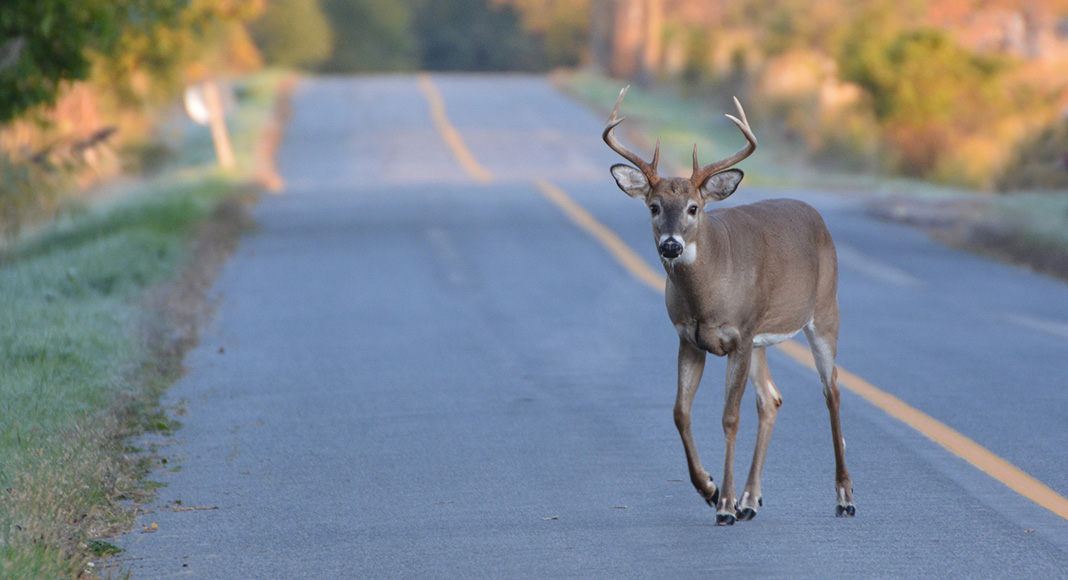Drivers in British Columbia (BC), Canada, are being warned to look out for deer, elk and moose while travelling along roads and highways during rutting season.
Rutting season, the annual mating time for deer, elk and moose, occurs from late October to December, with the most activity seen in mid-November.
During the rut, male deer show increased interest in female deer, as well as increased aggression toward other male deer, often causing animals to move quickly with little regard for their surroundings.
Travellers on BC highways are reminded to pay extra attention, especially when driving at dusk, dawn and night hours when animals are most active.
The Government of BC offers the following tips for avoiding deer-vehicle collisions:
- Be vigilant when driving at peak hours when deer are most active: dawn and dusk. If you see one deer, watch for others, as these animals seldom travel alone.
- Be alert near wooded areas or green spaces, such as tree lines, parks and golf courses, and near water sources, such as lakes, ponds and streams.
- Watch for deer/elk crossing signs and flashing wildlife-warning signs, such as the ones recently installed on Highway 18 in Vancouver Islandâs Cowichan Valley. These signs are placed in areas with high numbers of reported deer-vehicle incidents. Heed these warnings and adjust travelling speed accordingly.
- Keep your vehicle in good shape â make sure headlights, windshields and wipers are clean and in working condition.
- Use high beams at night when there are no oncoming vehicles to scan the road ahead. Honk your horn with one long blast to frighten animals away from your vehicle.



















